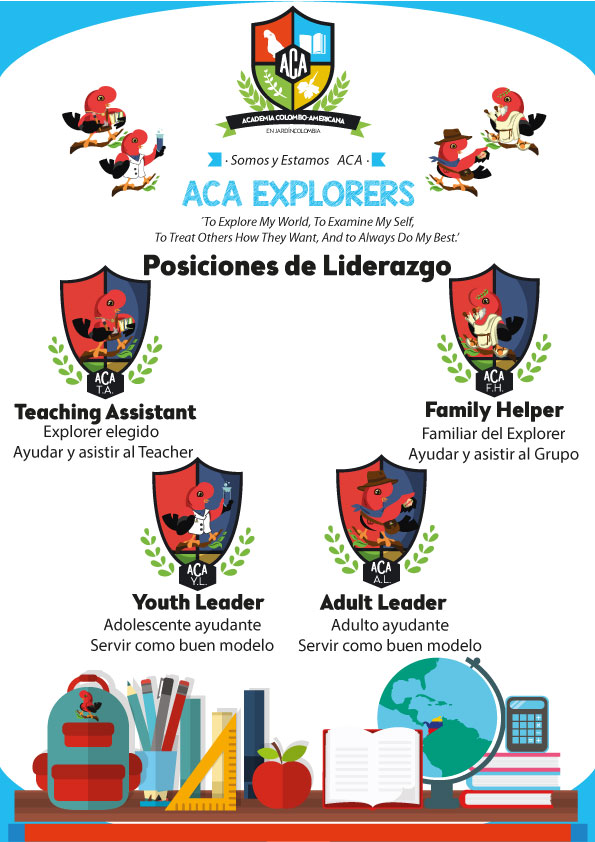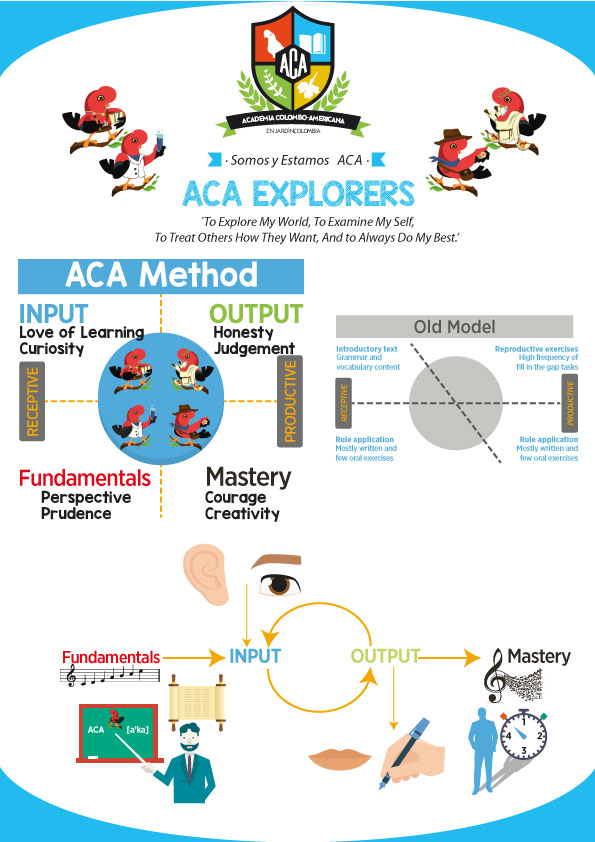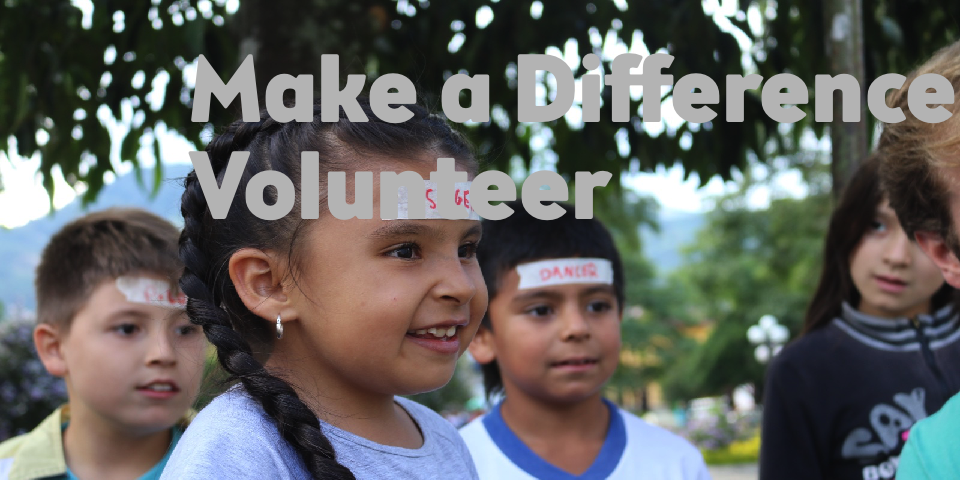We all know the old adage that a picture is worth 1,000 words. Everyone says it, and yet nobody questions it. Is it true? And why 1,000?
In this post, we will explore:
1) Whether or not an image is superior to a word
2) If so, just how great that difference is (1000x better? 100x? 84.1x?)
History of Language: Writing vs. Painting
Written language has been around for what historians will argue is between 5,000 and 6,000 years, thanks to the Ancient Sumerians.
But did humans only convey stories, anecdotes, facts, and emotions through oral histories before then?
Recently, in Indonesia, cave paintings were found that were aged using Uranium radiodating to nearly 40,000 years.
So for perhaps 34,000 years humans used images to convey language and not words. Humans connected with each other using pictures for far longer than using words. Is it any stretch of the imagination than to appreciate why an image could be a more powerful stimulus for us?
Dual Encoding Theory: Why Images Work
According to the Dual Encoding theory first proposed by Allan Paivio. The idea is that a person can use both verbal and visual associations to ‘encode’ newly learned material. Visual imagery often gets paired with a verbal association, even if done unconsciously, so it in effect could potentially be being encoded using both systems, thus leading to improvements in recall/retention rates.
Images Get Stored Faster
In one of Paivio’s landmark experiments, subjects were shown pairs of objects that only differed in roundness. Subjects were simply asked to determine which object was rounder.
Subjects saw: word-word (WW) pairs, picture-word (PW) pairs, and picture-picture (PP) pairs.
The speed in replying was fastest for PP and slowest for WW. Images get stored faster.
Images Beat Words and Sentences
In one study, conducted by Roger Shepard at Harvard in 1967, participants were shown a set of 600 randomly selected original stimuli (OS):
1) words
2) sentences, or
3) pictures
Afterward, subjects were presented with paired material:
Original word, sentence, or picture + New word, sentence, or picture
They were asked to recognize the original stimulus in each pair.
Words were recognized at 80% accuracy.
Sentences at 88%.
Pictures? An amazing 98% accuracy rate!
Images ‘Stick’ Around == Ideal For Language Learning
A few years later, at the University of Rochester in New York, another study showed participants a set of 2,500 pictures for 10 seconds each. Then they were shown a series of paired images and asked to identify the one they’d already seen.
Participants were able to correctly identify an average of 2,000 images! And if that isn’t amazing enough, the researchers found they could show participants images for as little as half a second at a time and participants could still identify the picture they’d seen.
How Long Does It Last?
72 hours later, those participants were able to remember 10% if they were originally presented as words and an astonishing 65% if they were presented as images.
84.1 Words = 1 Image
So, images are better than words, especially for language learning, but how much better? How many ‘words’ can be expressed by one ‘image’?
Of course, the answer is it depends. But at least one researcher sought to find out.
Blackwell, at the University of Cambridge, gave subjects paper and pencil and were asked to draw a diagram explaining one of three diagrams, and to write a passage explaining the others.
From the average number of words used, a picture is worth 84.1 words. We can think of that as an image being 84 times as powerful.
An Auditory Analog?
The so-called “Picture Superiority Effect” is alive and real. So much so that it isn’t worth your time to try learning Spanish words without using accompanying images. In further posts, we will cover what images to use and even what to think about when selecting the image (Personal Connection ala ‘Self-Referential Effect’).
Other studies have pointed to an auditory analog of the picture superiority effect, and with our Pronunciation First focus, audio plays a complementary and crucial role to the ACA Method.
Words can be beneficial, especially with complex or abstract concepts, but visual and even audio associations are best. The ACA Method works with all three, in order of importance, none of which should rely on English, however, a fundamental aspect of the No Translation methodology.




